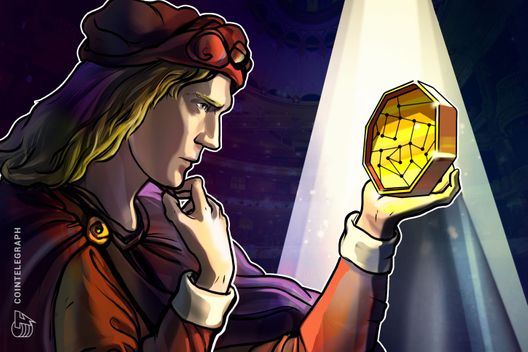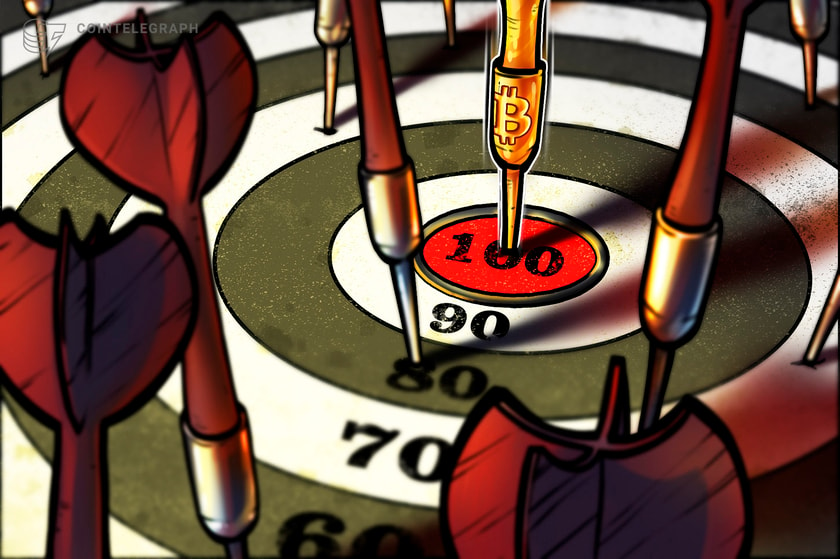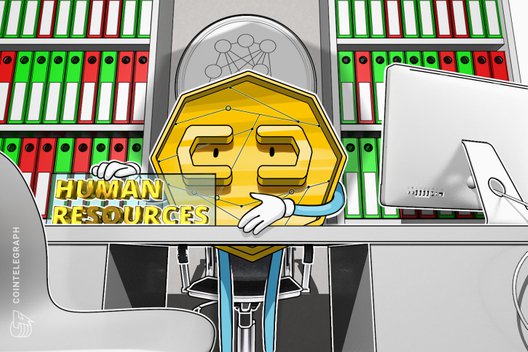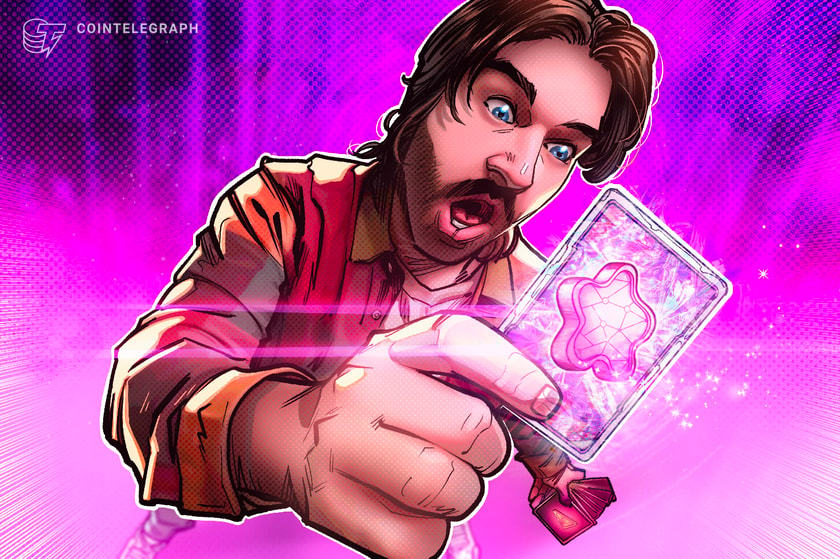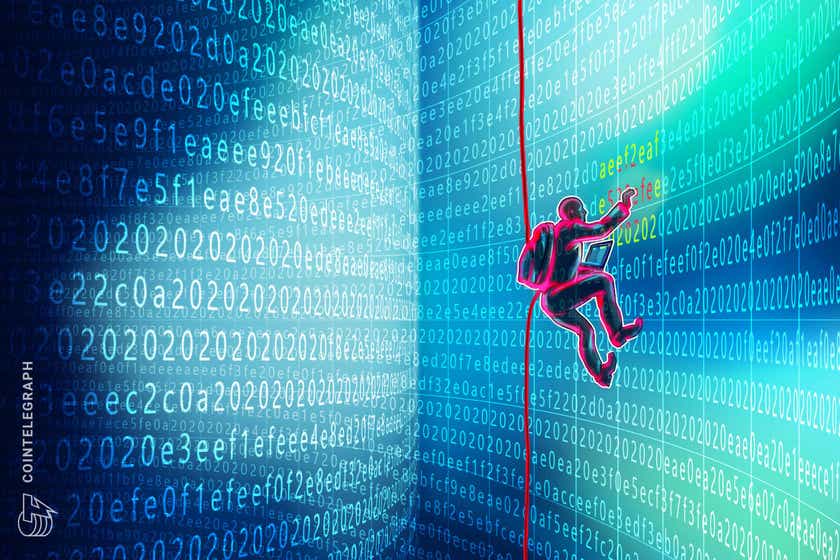From Jan. 29 to 30, Tehran hosted the eighth annual conference on Electronic Banking and Payment Systems, which was promoted by the Monetary and Banking Research Institution, the research arm of the Central Bank of Iran (CBI). Among the announced topics under the theme of the “Blockchain Revolution,” it was the unveiling of the Iranian plan for a national digital currency that, as a matter of fact, remained rather vague after it was presented during the conference.
In his inaugural speech, Ali Divandari — the director of the Monetary and Banking Research Institution — stressed that “the realities of blockchain technology should be accepted.” Also, many contributions from Iranian and foreign experts focused on the opportunities that fintech and blockchain could potentially open for the Iranian financial and banking industry.
In fact, blockchain seems to be a thrilling topic for Iran: Before the end of the meeting, four Iranian banks announced that they have developed a gold-backed cryptocurrency called PayMon, aiming to tokenize part of their reserves.
Besides, immediately after the conference, CBI stated its overall approach, favoring to recognize and to authorize cryptocurrencies, ICOs, exchanges and mining. However, in the meanwhile, the central bank reiterated that using cryptocurrencies as methods of payment inside the country is still prohibited. Therefore, the road map toward a national digital currency and the future regulation of cryptocurrencies in the country remain uncertain.
For instance, Vice Governor of Information Technology for the Central Bank of Iran Naser Hakimi explained that the new policies of the CBI on the issue “are still in the queue for review […] given the many engagements that decision makers have in this regard,” expressing the hope, nevertheless, to unveil them by the end of the year.
Mohammad-Javad Azari Jahromi, the minister of communications and information technology, on the other hand, stressed some of the issues that could arise in a process still managed by the state’s central government:
“Blockchain’s essence is decentralized and distributed. However, the Central Bank is the centralized institution for regulating banking, so blockchain is structurally in conflict with the Central Bank. And we cannot expect the central bank to promote it, but the central bank should find its way.”
As a matter of fact, the end of the January conference is just the last step in a long and somewhat controversial walk of approach to cryptos that has involved Iran in the last couple of years.

Cautiously exploring cryptos
The interest of the Iranian authorities with regard to the opportunities and threats of cryptocurrencies dates back to at least the winter of 2017-18. For instance, during this period that saw an upward trend in terms of Bitcoin (BTC), the secretary of the presidential commission in charge of internet-related issues — named the Supreme Council of Cyberspace (SCC) — Abolhassan Firouzabadi, showed an attitude that, if not favorable, at least was not hostile toward digital currencies, putting forward the possibility of the state monitoring and regulating them, while the economic commission of the Majlis-e-Shuray-e Islami (the Iranian parliament), urged the CBI and the Ministry of Communications and IT to promote research, in view of the fact that the “advantages and disadvantages of Bitcoin haven’t been surveyed comprehensively.”
In this uncertain context, the main concerns were related to the risks involved in high volatility and in the “ungoverned” nature of cryptocurrencies: At the end of 2017, and during the first months of 2018, the stance of different Iranian agencies and government bodies was one that aimed to forbid involvement in the cryptocurrency market of entities such as brokerage firms, exchange shops and the whole banking system — that is, until a new regulatory scheme would guarantee CBI’s control of blockchain-based assets. All these measures together brought about a sort of ban on the trade of cryptocurrencies for all the private citizens, at least using official channels based in the country (it is important to note that Iranian citizens are usually banned from using international online exchanges).
Besides worries that Teheran’s decision-makers share with many governments around the world, the Iranian attitude toward cryptocurrencies could not ignore the vali-e-faqih, meaning the authority to have the last word in every controversial political issue, which, since the 1979 revolution, the Republic of Iran grants the Islamic jurists.
In January 2018, Seyyed Abas Mousavian, a member of the central bank’s Islamic Jurisprudence Council, expressed doubts about “sharp fluctuations” and a “lack of transparency in cryptocurrencies.” By April, his doubts had became a verdict against crypto assets, criticized as “not halal” because they are not based on any real asset and because “they cause faithful and believer society’s wealth goes [sic] to unbelievers’ pocket, paving the path for their dominance in the society.”
In January 2019, the news headquarters of eighth annual conference on Electronic Banking and Payment Systems quoted the most recent authoritative statements by Mousavian:
“I do not consider Bitcoin as money. Because money must have consistency to be able to value other assets based on it. An item whose value is shifted 19 times over the course of one year indicates that the nature of this so-called money is not capable of being used as a benchmark for measuring assets. […] I sometimes call it a mysterious money. It’s coded, and mysterious at the same time, because its dimensions are not known.”
A virtual coin against the Great Satan
In spite the criticism, cryptocurrencies could exist in terms of both of monetary orthodoxy and of Sharia. Consequently, Iranian authorities — or part of them, at least — are looking to digital money as a potential solution for some of the problems the country is facing. Among the strongest supporters of an Iranian way to blockchain is Azari Jahromi. An information and communications technology engineer and manager, he was born in 1982 and he was appointed as the minister of communications and information technology in August 2017, becoming the youngest member of the cabinet lead by President Hassan Rouhani.

Committed to a more progressive approach to the development of the internet in Iran, since February 2018, Jahromi has sponsored the idea of a national digital currency that, as Cointelegraph has already noted, presents strong analogies with the Venezuelan Petro. The advancement of the road map was repeatedly announced throughout the last year, notably in April, August and November.
Last summer, IBENA, the news agency affiliate to the CBI, disclosed the main features of the future national digital currency as:
“1. It is rial-backed. […]
2. The issuer is Central Bank of Iran and the volume of issuance depends on the bank’s decision.
3. Iranian cryptocurrency has been developed under private blockchain infrastructure and cannot be mined.
4. The infrastructure is supposed to be as an ecosystem available for Iranian banks and active companies in cryptocurrencies area.”
During the conference on Electronic Banking and Payment Systems, Jahromi reported that the CBI is presently testing five different blockchain projects.
However, despite being a simple tool in the hands of the banking system, the upcoming Iranian cryptocurrency could become another element in the diplomatic confrontation between Iran and the United States, which has escalated since the beginning of May 2018, when U.S. President Donald Trump unilaterally rejected the Joint Comprehensive Plan of Action, the deal — commonly known as the Iran nuclear deal — signed in 2015 by the U.S., Iran, the United Kingdom, France and Germany to freeze both Iranian nuclear plans and the subsequent international retaliation.
A soon as the U.S. reimposed sanctions on any foreign company that continues to do business with Iran, the plan for a national digital currency appeared as a useful tool to facilitate the international transfer of value, even in the context of an embargo. Iranian sources reported that, last May, President Rouhani received advice from Chinese entrepreneur Bobby Lee in a Tweet saying:
“If you really want to threaten President Trump, you should stop using fiat money.”
However, it is more likely that the whole project for a national digital currency, since its beginning, has taken into account the possibility of worsening relations with the U.S. administration.
U.S. sanctions coming back into effect on some Iranian financial institutions at the beginning of November 2018, for instance, caused the Belgium-based SWIFT financial messaging service to disconnect some Iranian banks: Iranian researchers are positive that the new central bank-issued digital currency or other blockchain-based solutions could compensate for the rising isolation from the traditional international financial network.
As a matter of fact, a digital coin running on a private, state-controlled blockchain, without any economic incentive to sustain the network, would likely encounter very limited opportunities for wide adoption. However, the Iranian press recently reported ongoing negotiations with eight countries — Switzerland, South Africa, France, the U.K., Russia, Austria, Germany and Bosnia) to carry out financial transactions in cryptocurrency: If and how the “digital rial” would take part in these is unclear. However, the news media stressed how many expectations Iran has with regard to blockchain technology as a way of circumventing sanctions.
A hint about how serious the Islamic Republic is in terms of its “going crypto” comes from the reaction of U.S. authorities. Even if no real evidence supports the claim that, in July 2018, the U.S. government confiscated about 500 BTC belonging to Iranian citizens — an action which seems rather infeasible from a technical point of view — it’s true that, since last October, the U.S. Financial Crimes Enforcement Network (FinCEN), a bureau inside the Department of Treasury, warned “virtual currency administrators and exchangers” about the risks of being involved in illicit activities fostered by Teheran’s regime.
Eventually, at the end of the year, U.S. Sen. Ted Cruz and Rep. Mike Gallagher introduced a bill in the U.S. Congress (Blocking Iranian Illicit Finance Act) encompassing articles aimed to forbid U.S. citizens from engaging in any operation involving a hypothetical Iranian digital currency. It also introduced sanctions on foreign individuals dealing in it.
BTCs flight away
While Iranian authorities are looking to cryptocurrencies as a possible tool for dodging the recently-imposed sanctions, Iranian citizens resort to them in order to overcome the fragility of their own domestic currency. The crisis of the Iran nuclear deal, in fact, leading to a severe devaluation of the rial, made the option to convert part of their savings into Bitcoin attractive for many Iranians.
Immediately after the U.S. reimposed the sanctions, Iranian sources reported that about $2.5 billion left the country as cryptocurrencies.
As a matter of fact, to buy or to own cryptocurrencies is not forbidden in Iran, even if trading in crypto asset is not allowed for any legitimate business, and the very nature of crypto remains suspicious from many points of view — not least the religious one. On the other hand, mining has been accepted as an industry since September 2018, a sign of an evolving, yet confusing framework.
No official figures exist that measure how widespread cryptocurrencies are in Iran. However, the U.S. FinCEN defines the use of virtual currency in Iran as “comparatively small,” estimating transactions to be about $3.8 million worth per year. Besides, some proxies have emerged from data gathered by the website Coin Dance, on the basis of the weekly volumes of BTC recorded by Localbitcoins. This confirms a rather low level of diffusion, alongside some peaks during the periods of maximum concern about the sanctions and the value of the rial (April-May, September-November 2018). In any case, the highest volumes matched the global highs of the December 2017/January 2018 rally and never surpassed 80 BTC per week.

Even if available data is not complete, Western sources report that, since May 2018, Iranian citizens are encountering enormous difficulties converting their savings into foreign currencies or sending them abroad (for instance, to relatives living in less-troubled countries): In such a context, Bitcoin and other cryptocurrencies would appear as a valuable life jacket, despite their high degree of volatility during the last few months.
Iran is perhaps experiencing a phenomenon called hyperbitcoinization, an answer that other countries — such as Venezuela, Zimbabwe, Turkey and Argentina — proposed for the rapid inflation and economic crises they are experiencing, turning to crypto as a store of value and a means of exchange. As a matter of fact, BTC would appear as a better store of value than rial, even in one of the blackest periods for the crypto market (to get a correct figure, it is necessary to consider the actual exchange rate on the free market, rather than the official fixed rate).

It is therefore possible to read some of the interventions of the Iranian authorities on the topic of cryptocurrencies as an attempt to bring under control a possible competitor to the national currency or a “hole” in the regulations preventing capital flight. The nongovernmental association Iran Blockchain Community (IBC) argued that the measures introduced by the government since April 2018 to prevent the private sector from accessing cryptocurrencies cut the trade in Bitcoin in Iran from 1,000 BTC daily to 300; in the opinion of Sepehr Mohammadi, IBC’s president, this deprived the country of a valuable asset in regard to future economic development and of a useful tool to counter sanctions.
Cryptos, oil, caviar and Telegram
Iran’s attitude toward cryptocurrencies is somewhat similar to the approach of other countries, such as Venezuela and Russia: Both Petro and a CryptoRuble were announced during October and November 2017, the same time when Iran revealed its interest in cryptos. All the envisaged new coins are digital currencies issued and controlled by a national bank, and all of them are somehow connected to a period of economic or diplomatic weakness. Besides this, it is possible to identify some direct connections, as Petro enjoyed — or pretended to enjoy — Russian support and, in November 2018, the Russian Association of the Crypto Industry and Blockchain signed an agreement with Iran Blockchain Labs.
Finally, all these three are among the largest and oldest global producers of oil, with Iran and Russia also sharing primacy for the best caviar in the world. It should be noted, however, that all three countries scored very poorly on The Economist Intelligence Unit’s Democracy Index in 2018, with Venezuela ranked 134th, Russia at 144th and Iran placed at 150th.
The last point is possibly the most important to understand in terms of the mixed attitude these countries show toward cryptos: For them, some of the typical features of digital currencies would be a resource to oppose the isolation measures imposed by the international community — mostly by the U.S. — while cryptos are viewed rather suspiciously when the same features are used by their own citizens to avoid domestic controls, as the laborious development of both Russian and Venezuelan regulations demonstrates.
The analogies could also include the similarity of the bans imposed both by Russia and Iran on the crypto community’s favored instant messaging platform, Telegram, which both countries accused of trying to create a completely uncontrolled financial system through its ICO.
In Telegram’s case, on the other hand, this shows the complexity and potential dynamism of the Iranian context. The ban was, as a matter of fact, promoted by the conservative wing of the Iranian establishment — the so-called Principalists — which controls the religious-inspired judiciary. However, the ban had very limited success and the hard liners themselves returned to Telegram by the end of 2018. Even if the official stance toward the app remains harsh, the Iranian civil society showed it was sympathetic with the more reform-oriented wing of the government, gathering around President Rouhani — a pattern that could repeat itself on other issues relating to crypto and blockchain. As technology-friendly Minister Azari Jahromi commented, referring to Telegram’s failed ban:
“Victory is not achieved by blocking.”

